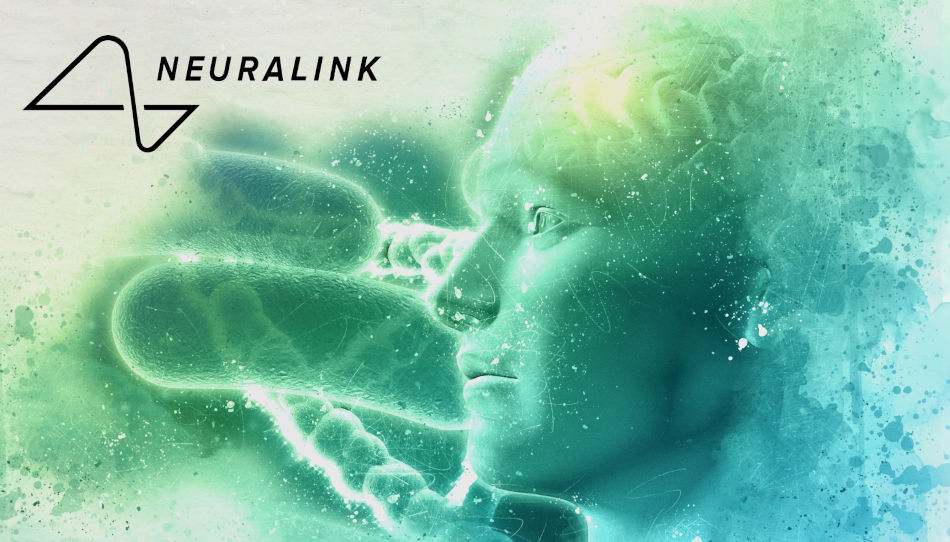
Neuralink's First Patient Play Chess Using Mind Thanks to N1 Chip Implant (Video)
A Landmark Achievement in Neurotechnology as Neuralink's First Human Patient Demonstrates Remarkable Progress
NEWS Science March 21, 2024 Reading time: 2 Minute(s)
Earlier this year, in a groundbreaking development, Elon Musk's neurotechnology venture, Neuralink, achieved a significant milestone by successfully implanting its N1 chip into the brain of a human patient. Now, mere months after the procedure, the patient, 29-year-old Noland Arbaugh, has astounded the world by demonstrating his ability to control a computer cursor using only his thoughts.
In a captivating livestream shared by Neuralink's official channel, viewers witnessed Arbaugh engaging in a game of chess on his laptop, maneuvering the cursor effortlessly with the Neuralink device. Arbaugh, who had been paralyzed below the shoulder due to a diving accident, received the implant in January and was discharged from the hospital the following day.
— Neuralink (@neuralink) March 20, 2024
Reflecting on his experience, Arbaugh expressed optimism tempered with realism:
"The surgery was super easy"
he remarked, emphasizing his lack of cognitive impairments post-procedure. However, he also emphasized that this achievement marked just the beginning of a journey towards further advancements in neural technology.
"There's a lot of work to be done," Arbaugh acknowledged, "but it has already changed my life."
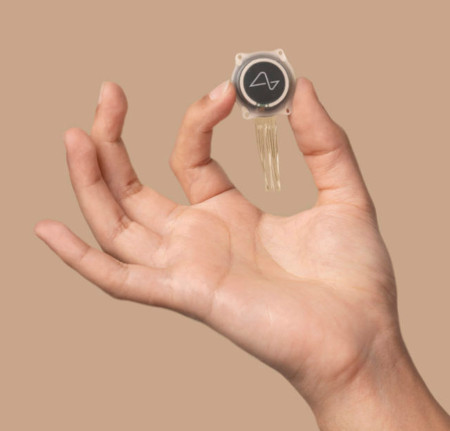 Neuralink's journey to this milestone has been marked by rigorous development and regulatory scrutiny. The company obtained approval from the U.S. Food and Drug Administration (FDA) in May of the previous year to commence its first human clinical study. The N1 chip, a marvel of engineering, is surgically implanted into the skull, establishing intricate connections with the brain through threads finer than human hair. With 1,024 electrodes, it can sense signals and activate millions of neurons simultaneously, enabling seamless interaction between the brain and external devices.
Neuralink's journey to this milestone has been marked by rigorous development and regulatory scrutiny. The company obtained approval from the U.S. Food and Drug Administration (FDA) in May of the previous year to commence its first human clinical study. The N1 chip, a marvel of engineering, is surgically implanted into the skull, establishing intricate connections with the brain through threads finer than human hair. With 1,024 electrodes, it can sense signals and activate millions of neurons simultaneously, enabling seamless interaction between the brain and external devices.
Crucially, the N1 Implant is designed with safety as a paramount concern. Encased in a biocompatible enclosure, it can withstand physiological hazards far exceeding those encountered in the human body. This robust design ensures the implant's longevity and reliability in diverse environments.
The implications of Neuralink's achievement extend far beyond the realm of medical technology. By bridging the gap between the human brain and machines, Neuralink offers hope to millions worldwide living with neurological disorders or disabilities. From paralysis rehabilitation to enhancing cognitive capabilities, the potential applications of this technology are immense.
However, as with any groundbreaking innovation, challenges lie ahead. Ethical considerations, privacy concerns, and the need for further refinement and accessibility remain prominent issues. Nonetheless, Neuralink's success serves as a testament to human ingenuity and the boundless possibilities of merging technology with the intricacies of the human mind.
In the wake of this historic achievement, the world eagerly anticipates the next chapter in Neuralink's journey, as it continues to push the boundaries of what is possible at the intersection of neuroscience and technology.
IMAGES CREDITS: KJPARGETER ON FREEPIK | NEURALINK
Neuralink Neurotechnology Brain Computer Interface Medical Innovation Elon Musk N1 Chip Paralysis Rehabilitation Science News RSMax
*Our pages may contain affiliate links. If you buy something via one of our affiliate links, Review Space may earn a commission. Thanks for your support!
CATEGORIES




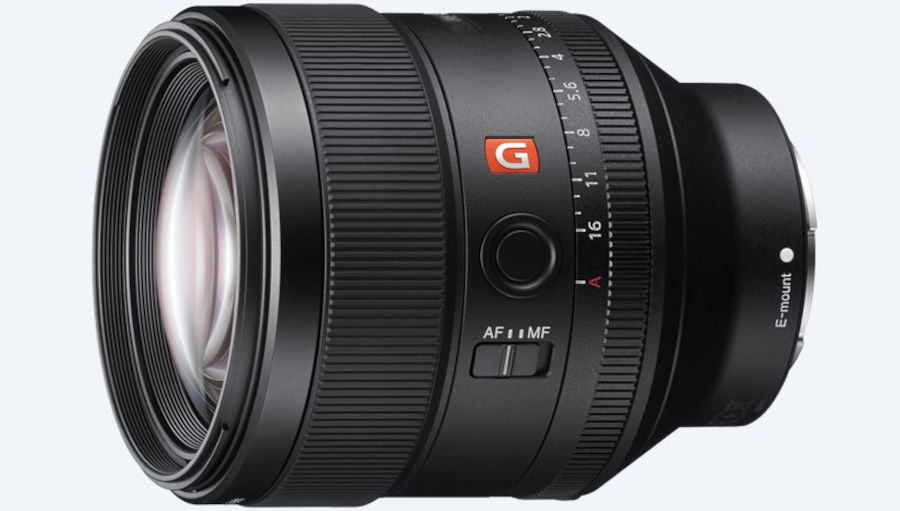

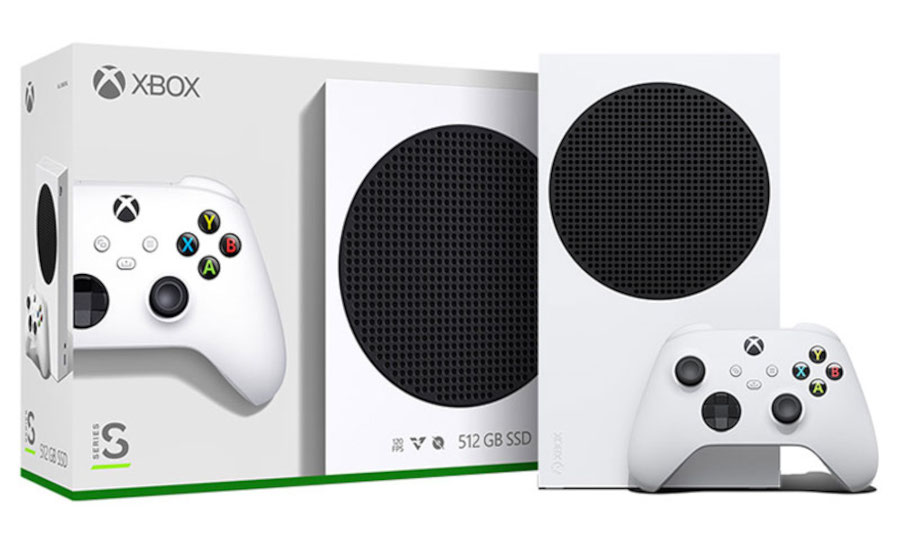


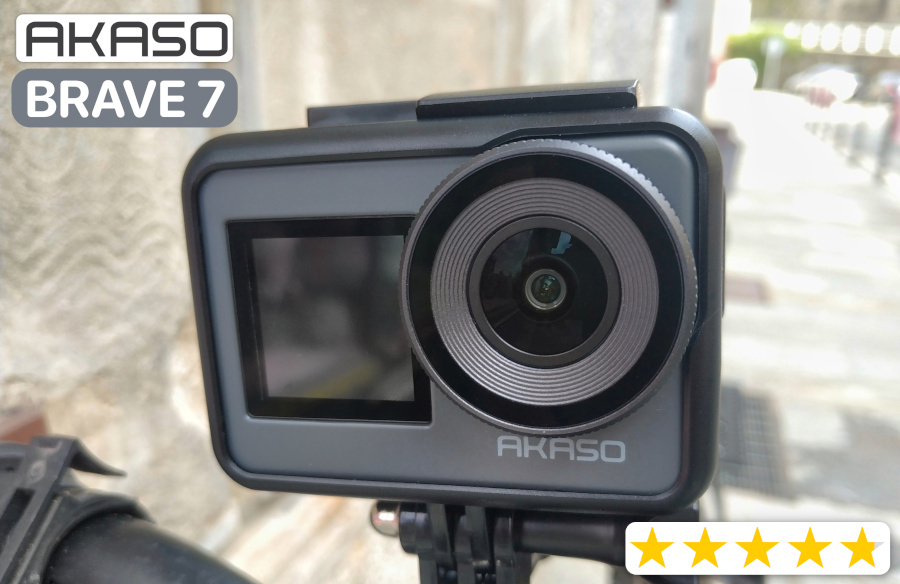
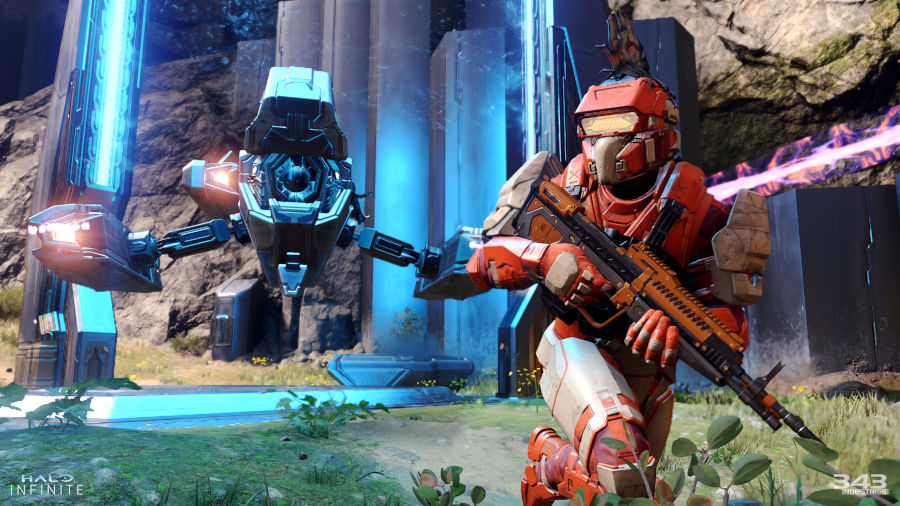
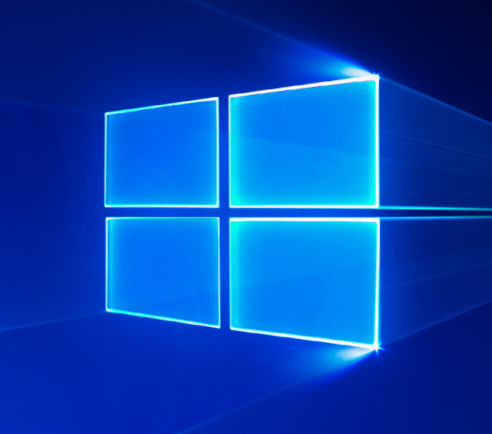


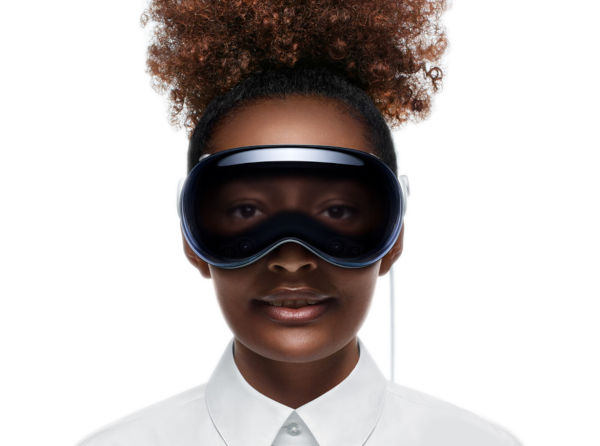




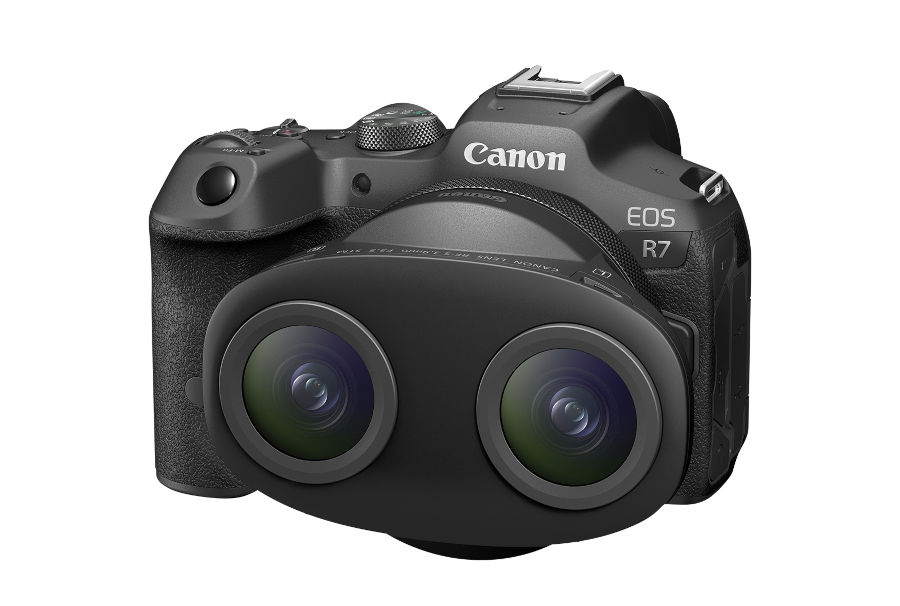
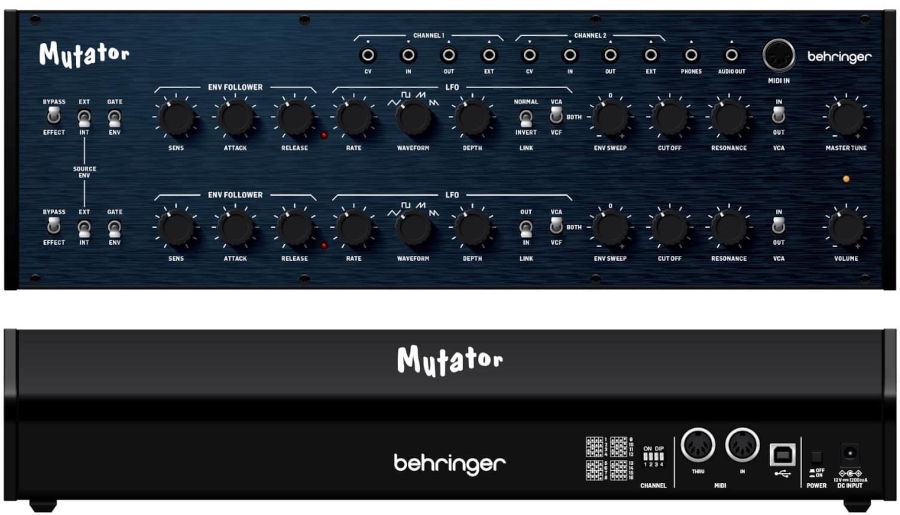
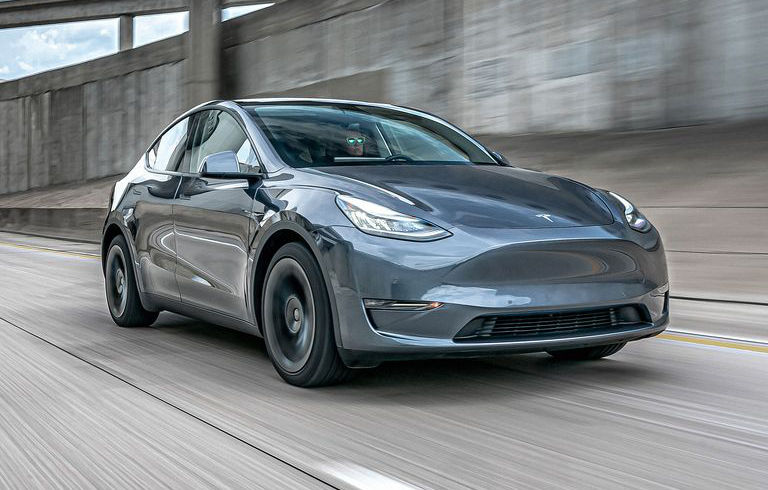

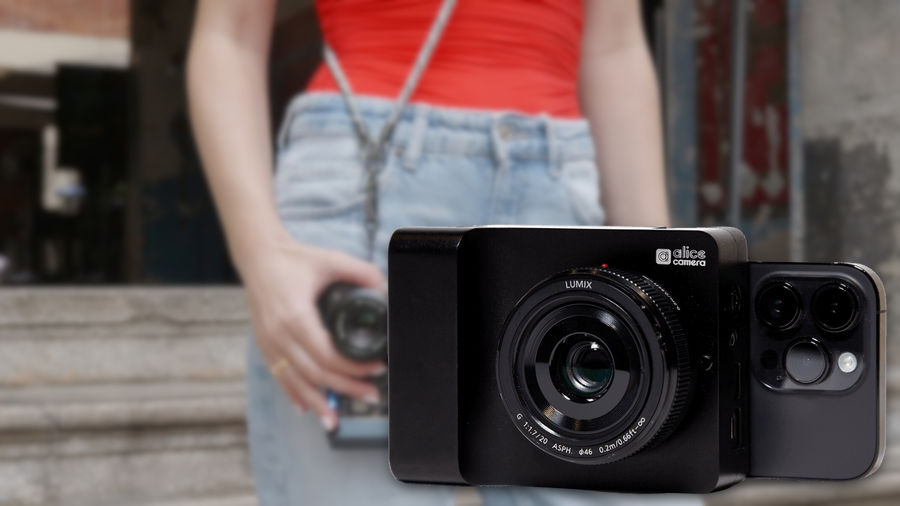

COMMENTS